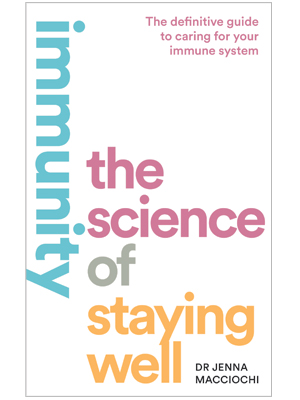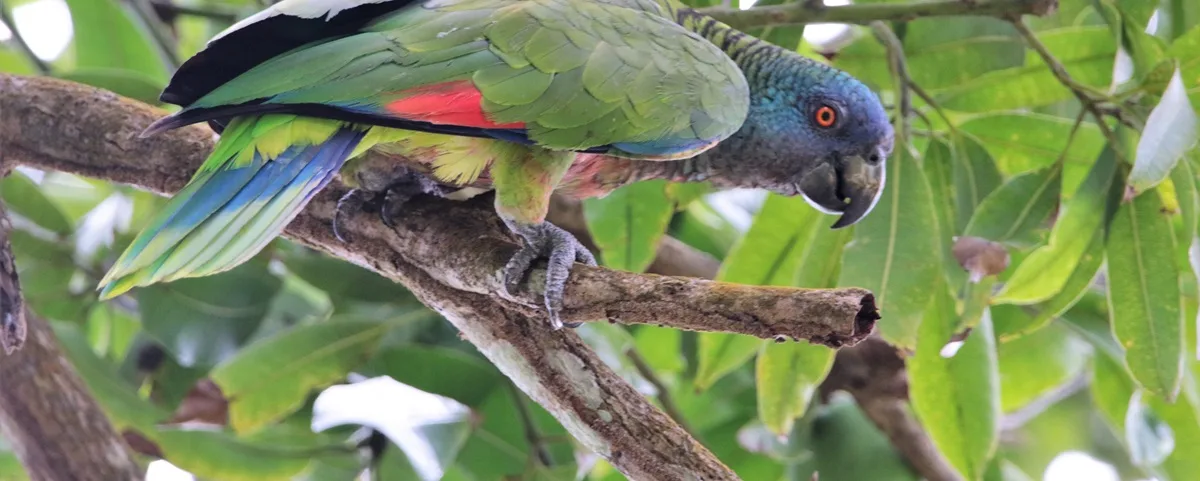British Biologist Sir Peter Brian Medawar defined viruses as “a piece of bad news wrapped in a protein coat.” Many viruses were put at bay in the 20th century by the development of vaccination. Thanks to vaccines, horrible diseases like poliomyelitis, small pox or rubella were eradicated. However, we don’t yet have vaccines against all the viruses we know (like the one that causes AIDS), and as new ones appear in a super-mobile overpopulated world, the threat of pandemic lures over mankind.
Coronaviruses are actually a family of viruses that we have known since the 1960s. Each of them is characterized by their host range and genome sequence. Coronaviruses have been identified in mice, rats, chickens, turkeys, swine, dogs, cats, rabbits, horses, cattle and humans, and can cause a variety of severe diseases including gastroenteritis and respiratory tract diseases 1.
The culprit of the current global pandemic is the virus named by the WHO SARS-CoV-2 (much more serious than naming it after a light beer), which causes the disease COVID-19. It all started back in December 2019, when a cluster of patients with pneumonia of unknown cause was linked to a seafood wholesale market in Wuhan, China.
Pretty quickly, scientists realised that this was a new virus, specifically, the seventh member of the family of coronaviruses to infect humans. Four of them just cause colds, but the other two are bad news: severe acute respiratory syndrome coronavirus (SARS-CoV) and Middle East respiratory syndrome coronavirus (MERS-CoV).
SARS-CoV caused the outbreaks in 2002 and 2003 in Guangdong Province, China, while MERS-CoV was the pathogen responsible for severe respiratory disease outbreaks in 2012 in the Middle East.
Given the high prevalence and wide distribution of coronaviruses, the large genetic diversity and frequent recombination of their genomes, and increasing human–animal interface activities, new coronaviruses are likely to emerge periodically in humans owing to frequent cross-species infections and occasional spillover events 2.
Three months later, the whole world has gone into panic. Billions of pounds have been wiped of financial markets, people are stock-piling loo-roll, travel restrictions have been imposed… and still, the virus keeps advancing.

Even Bill Gates has got involved. Writing in the New England Journal of Medicine in February, he urged the world authorities to not just deal with COVID-19 in an efficient and prompt manner but to make larger systemic changes so we can respond more efficiently and effectively when the next epidemic arrives. In this article, Gates suggest investing in disease surveillance, including a case database that is instantly accessible to relevant organizations, and rules requiring countries to share information. He also recommends that governments should have access to lists of trained personnel, from local leaders to global experts, who are prepared to deal with an epidemic immediately, as well as lists of supplies to be stockpiled or redirected in an emergency.
In an effort to clearly understand where we are and more importantly, what each of us can do to slow down the spread of the infection, we sent our very own Hugh Francis Anderson to speak to British immunologist Dr Jenna Macciochi, who has been working in this field for the last 20 years.
I-M: How does a virus such a coronavirus develops and spreads?
J.M: Unfortunately, we live in a germy world and germs were here first. Throughout evolution they have been trying to infect us and at the same time our immune system has been crafted to resist infection. But as we all know, sometimes the germs win, and we get sick. Infectious diseases spread by various means but it’s most commonly through direct transfer from one person to another via touch or coughs and sneezes.
I-M: Do you think that mainstream media has propagated a sense of panic with regards to coronavirus?
J.M: I think the media are right to elevate the importance of how we can prevent transmission via hand-washing and hygiene practices, particularly with regards to vulnerable and elderly individuals. However, they often cause panic through extensive coverage and this is problematic early in an outbreak because we often don’t know enough to properly assess the risks and answer the burning questions posed by the public.
I think uncertainty breeds fear. Plus, with the modern-day rolling media, there is a lot of airtime to fill. While the news doesn’t necessarily tell us what to think, it tells us what to think about. In this case, the media doesn’t often put the outbreak into perspective – it is instructive to look to a comparison to coverage of seasonal influenza, which is estimated by the World Health Organization to kill 290,000 to 650,000 people around the world every year. Since January 2020, world newspapers have published just 488 articles on the seasonal influenza without mention of the coronavirus.

I-M: We currently live in a world with a very large travelling population. As such, pathogens such as coronavirus are more easily transferrable. Do you think long term this may have potentially catastrophic effects?
J.M: Yes potentially, we are the vessels that transmit disease so increased global travel can take germs quickly into new populations. We are already starting to see changing patterns in many infectious diseases, including some newly circulating ones, that reflects the combined impacts of rapid demographic, environmental, social, technological and other changes in our ways-of-living. Our immune systems have been calibrated over millions of years to be best adapted for the environments in which we live, enabling us to deal with diseases specific to the particular environment and climate in which we reside. On the flip side, rapid climate change is impacting infectious diseases. It increases the risk that our tailor-made immune systems may be insufficient if exposed to infections that we are not equipped to handle. Evolution may not be able to “keep up” with climate change.
Plus, a number of diseases well known to be climate-sensitive, such as malaria, dengue fever, West Nile virus and cholera are expected to worsen as climate change results in higher temperatures and more extreme weather events. Ticks are even becoming more successful because of climate change leading to rising rates of Lyme disease and there is also a likelihood of early and severe influenza seasons following warmer than average winters.
I-M: With all this in mind, how important is building and maintaining a healthy immune system, and what is the best way to do this?
J.M: So, so important! But I have to say much of your immunity is built in childhood. Rather than fancy supplements or special diets, you need to nurture a healthy gut microbiome, eat a diverse and fibre-rich plant focussed diet and take care of your sleep, stress and movement. In fact, I’d say sleep is probably the foundation to which everything else sits upon.
For more information on the coronavirus (COVID-19), visit the World Health Organisation’s website, www.who.int

Immunity – The Science of Staying Well
is published by Harper Collins.
For more information on Jenna, visit www.drjennamacciochi.com
1 Van der Hoek, L., Pyrc, K., Jebbink, M. et al. Identification of a new human coronavirus. Nat Med 10, 368–373 (2004).
2 Na Zhu, Ph.D et al. A novel coronavirus from patients with pneumonia in China, 2019. New England J Med 2020; 382:727-733 (2020)














Show Comments +